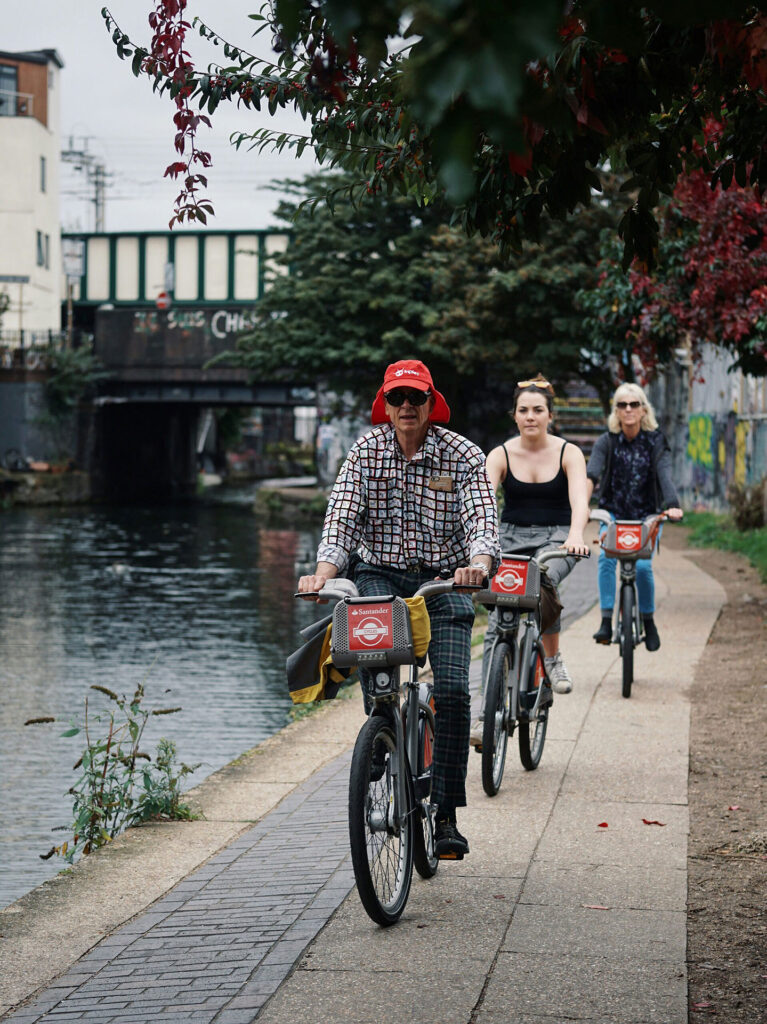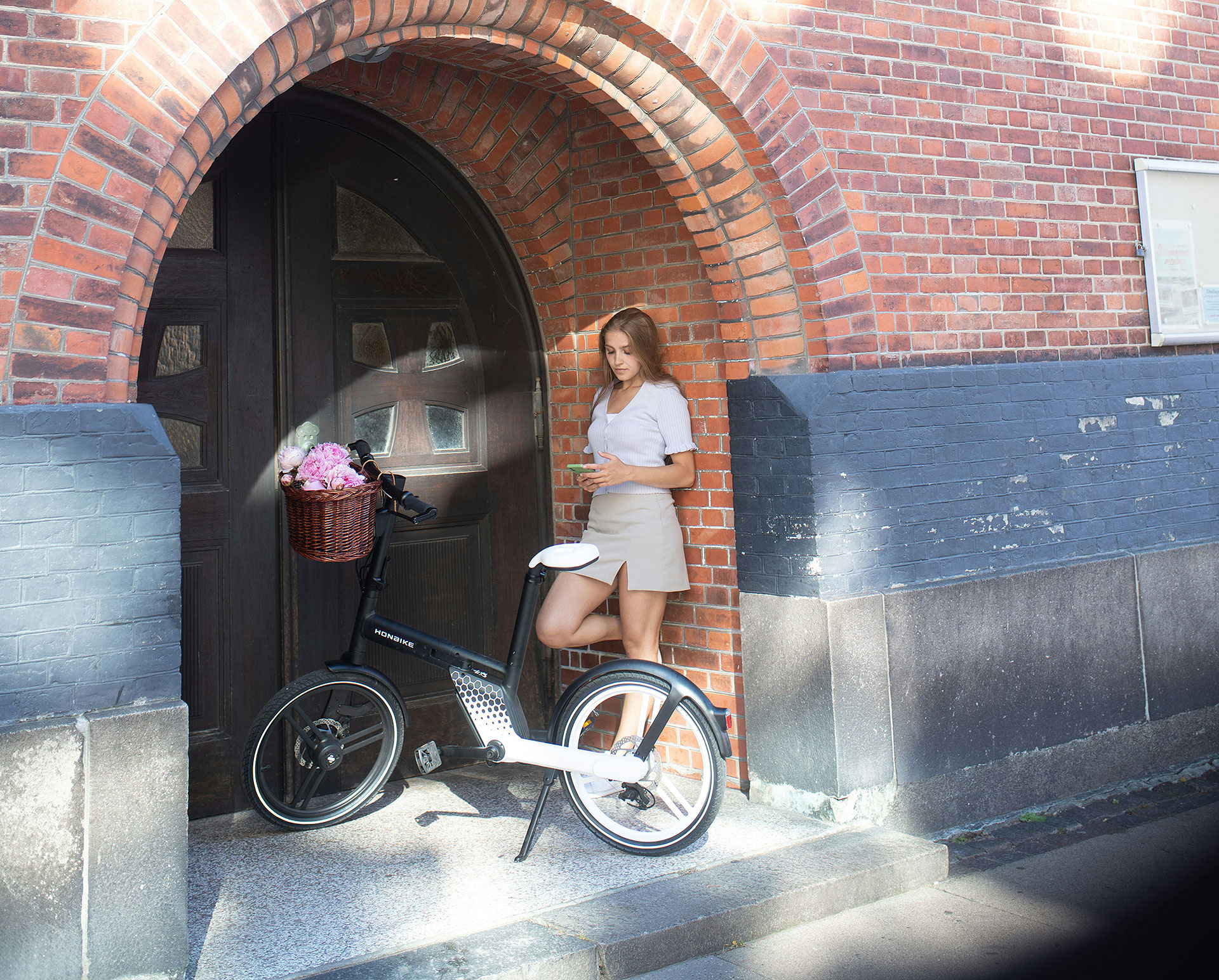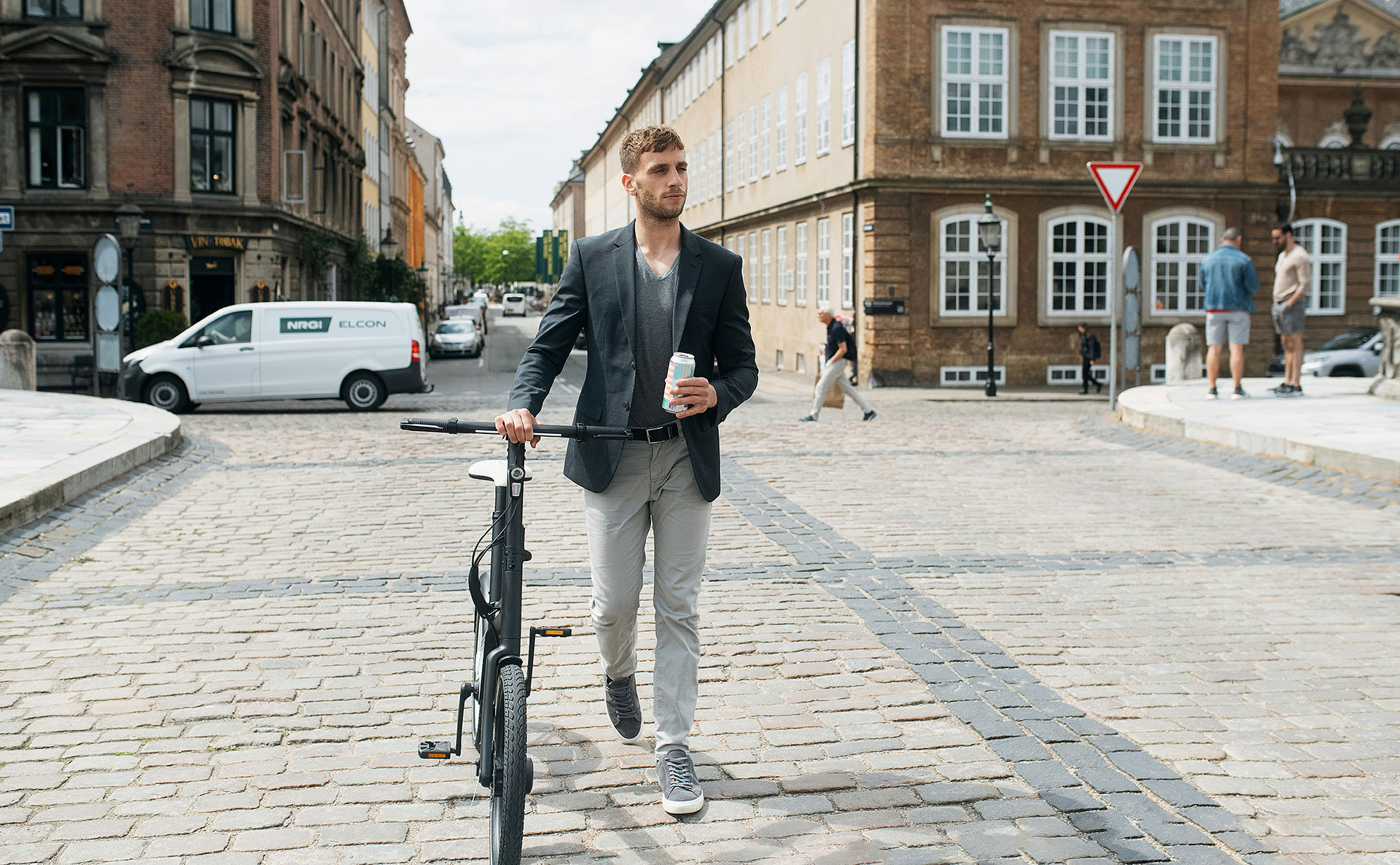

Billed as the nation’s largest and most enjoyable exercise campaign, BIKE TO WORK builds on Denmark’s love affair with the bicycle. Despite cycling’s popularity, many people still don’t see it as an ideal means of commuting, citing danger, discomfort, and distance as their primary reasons for taking the car.
Founded in 1997, BIKE TO WORK is an initiative that has convinced thousands of Danes to incorporate cycling into their daily commute. The event runs every year throughout May and has become a regular annual fixture in workplace calendars across Denmark.
Participants set up online profiles and form teams of between two and sixteen colleagues, all committing to cycle to work as many days as possible during May. Each team chooses a captain and a name, and team members enter their bike journeys and the number of kilometres covered into online profiles. Teams receive points for each member who cycles to work, including partial journeys such as cycling to the bus stop or train station. Their chances of winning prizes are increased by the more days they cycle and the greater the distance they cover.
Throughout the month, BIKE TO WORK offers tips and motivational techniques to keep participants cycling, such as Bring a Colleague Day and Detour Wednesday. Special trophies are awarded for noteworthy feats like cycling especially long distances, cycling in the rain, or even bringing cake for the team. Prize winners are announced at the beginning of June.
All participants pay a small fee (around ten euros) although many companies choose to cover this cost. Any profits from BIKE TO WORK support the Danish Cyclists’ Federation in its efforts to improve conditions for cyclists.
The campaign’s main goal is to encourage more people to use their bikes for commuting and everyday transportation, thereby improving physical and mental health and reducing environmental damage. Cycling six kilometres twice a day can reduce CO2 emissions by 450 kilos per year and burn an average of 800 calories per hour.

Not every location is ideal for cycling. However, the growing popularity and affordability of e-bikes have made cycling more viable in hilly locations, whilemany towns and cities invested in excellent cycling infrastructure. This makes the BIKE TO WORK concept viable in a growing number of locations worldwide.
In Denmark, the initiative is built on the support of Danish Cyclists’ Federation and numerous private companies. One of the keys to its success has been convincing companies that more employees in the saddle will lead to better worker health, improved productivity and a better corporate image. In other locations, large corporations might be persuaded to sponsor the campaign in a similar manner, while national industrial groups can help persuade their member companies to participate.
Safety is crucial. No employee should be encouraged to cycle along a dangerous route, and appropriate safety gear such as helmets, high-visibility clothing, and lights are always recommended. National cycling organisations can provide safety information and suggest viable alternative routes to keep cyclists away from traffic.
Above all, such a campaign needs enthusiasm and motivation from the organisers and participants, who understand that better mental and physical health will be a direct result.
The website of Denmark’s ‘Cycling Embassy’ is here. Further information on BIKE TO WORK is available here
